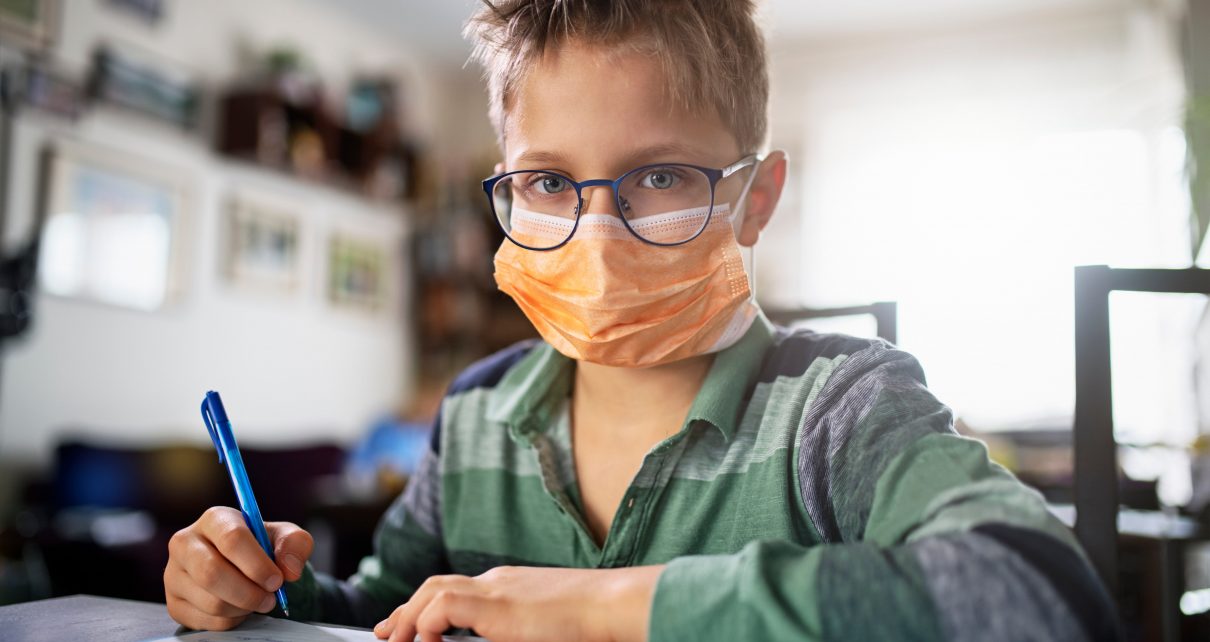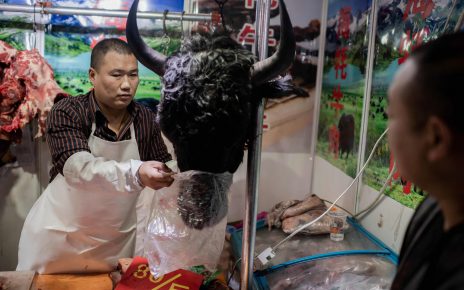The role of children in spreading the coronavirus has been a key question since the early days of the pandemic. Now, as some countries allow schools to begin reopening after weeks in lockdown, scientists are racing to figure this out.
Children represent a small fraction of confirmed COVID-19 cases—less than 2% of reported infections in China, Italy and the United States have been in people under 18 years old.
But researchers are divided on whether children are less likely than adults to get infected and to spread the virus. Some say that a growing body of evidence suggests children are at lower risk. They are not responsible for the majority of transmission and the data support opening schools, says Alasdair Munro, a paediatric infectious-diseases researcher at University Hospital Southampton, UK.
Children in Germany and Denmark have already returned to school, and students in some areas of Australia and France are set to go back gradually over the coming weeks.
Other scientists argue against a rushed return to classrooms. They say the incidence of infection in children is lower than in adults partly because they haven’t been exposed to the virus as much—especially with many schools closed. And children are not getting tested as often as adults, because they tend to have mild or no symptoms, the researchers say.
“I do not see any strong biological or epidemiological reason to believe that children don’t get as infected,” says Gary Wong, a researcher in paediatric respiratory medicine at the Chinese University of Hong Kong. “As long as there is community transmission in the adult population, reopening of schools will likely facilitate transmission, as respiratory viruses are known to circulate in schools and day cares.” He says good surveillance and testing systems should be in place before schools reopen.
If children are driving the spread of the virus, infections will probably spike in the next few weeks in countries where children have already returned to school, say scientists.
But settling the debate will require large, high-quality population studies—some of which are already under way—that include tests for the presence of antibodies in the blood as a marker of previous infection.
Other scientists are studying children’s immune responses to find out why they have milder symptoms than adults when infected, and whether that offers clues to potential therapies.
Susceptibility debate
A study published on 27 April in The Lancet Infectious Diseases, which was first posted as a preprint in early March, analysed households with confirmed COVID-19 cases in Shenzhen, China. It found that children younger than ten were just as likely as adults to get infected, but less likely to have severe symptoms.
“That preprint really scared everybody,” says Munro, because it suggested that children could be silently spreading the infection.
But other studies, including some from South Korea, Italy and Iceland, where testing was more widespread, have observed lower infection rates among children. Some studies from China also support the suggestion that children are less susceptible to infection. One, published in Science on 29 April, analysed data from Hunan, where the contacts of people with known infections had been traced and tested for the virus. The authors found that for every infected child under the age of 15, there were close to 3 people infected between the ages of 20 and 64.
But the data are less conclusive for teenagers aged 15 years or older, and suggest that their risk of infection is similar to that of adults, says Munro.
Transmission risk
Even less well understood is whether infected children spread the virus in a similar way to adults. A study of a cluster of cases in the French Alps describes one nine-year-old who attended three schools and a skiing class while showing symptoms of COVID-19, but did not infect a single person. “It would be almost unheard of for an adult to be exposed to that many people and not infect anyone else,” says Munro.
Kirsty Short, a virologist at the University of Queensland in Brisbane, Australia, led an as-yet unpublished meta-analysis of several household studies, including some from countries that had not closed schools at the time, such as Singapore. She found that children are rarely the first person to bring the infection into a home; they had the first identified case in only roughly 8% of households. By comparison, children had the first identified case during outbreaks of H5N1 avian influenza in some 50% of households, the study reports.
“The household studies are reassuring because even if there are a lot of infected children, they are not going home and infecting others,” says Munro.
But Wong argues that such research is biased, because the households weren’t randomly selected but picked because there was already a known infected adult there. So it is also very difficult to establish who introduced the virus, he says. School and day-care closures could also explain why children aren’t often the main source of infection with SARS-CoV-2. Other respiratory viruses can transmit from adults to children and back, so “I don’t believe this virus is an exception”, he says.
In fact, two preprints have reported that children with COVID-19 symptoms can have similar levels of viral RNA to adults. “Based on these results, we have to caution against an unlimited re-opening of schools and kindergartens in the present situation. Children may be as infectious as adults,” note the authors of one of the studies, led by Christian Drosten, a virologist at the Charité hospital in Berlin. However, it is not yet clear whether high levels of viral RNA are an indicator of how infectious a person is, notes Harish Nair, an epidemiologist at the University of Edinburgh, UK.
Few studies exist of transmission from schools to the broader community, but an Australian report from an ongoing investigation suggests that it’s limited, and much lower than with other respiratory viruses, such as influenza. Among more than 850 people who had been in contact with 9 students and 9 staff members confirmed to have COVID-19 in primary and high schools in the state of New South Wales, only two cases of COVID-19 were recorded among those contacts, both in children.
On the basis of the evidence, Munro says children should be allowed back to school. “Children have the least to gain from lockdowns, and they have a lot to lose,” such as missing out on education and not getting added social support such as free school meals, he says.
Schools reopening does not mean a return to normal, says Short. There will be lots of restrictions and changes, such as moving desks apart in classrooms and closing playgrounds, to reduce transmission risk, she says. Studies of transmission in schools as they reopen will also be important, says Wong. Researchers in the Netherlands plan to closely monitor this as schools open gradually over the coming weeks.
Immune response
Researchers do agree, however, that children tend to deal with COVID-19 better than adults. The majority of infected children have mild or no symptoms, but some do get very ill or even die. There have been reports of a small number of children in London and New York developing an inflammatory response similar to the rare childhood illness Kawasaki disease.
“I would not be surprised if COVID-19 is associated with Kawasaki disease, because many other viral infections have been associated with it,” says Wong. If the association proves to be genuine, it could have been missed in China, Japan and South Korea because Kawasaki disease is much more prevalent in Asia, he says.
One theory for why most children have milder symptoms, says Wong, is that children’s lungs might contain fewer or less-mature ACE2 receptors, proteins that the SARS-CoV-2 virus uses to enter cells. But to confirm this, researchers would need to study tissue samples from children, says Wong, and these are very difficult to get.
Others have suggested that children are more routinely exposed to other coronaviruses, such as those that cause the common cold, which protects them from serious disease. “But that doesn’t seem to hold much water, because even newborn babies don’t seem to get very severe disease” from the COVID-19 coronavirus, says Munro.
Wong suggests that children might mount a more appropriate immune response to the infection—strong enough to fight the virus, but not so strong that it causes major damage to their organs. His preliminary analysis of 300 individuals infected with COVID-19 has found that children produce much lower levels of cytokines, proteins released by the immune system. Patients of all ages with severe disease tend to have higher cytokine levels, he says. But he still needs to tease out the cause and effect. “Are they sicker because they have higher cytokine levels, or do they have higher cytokine levels because they are sicker?”
This article is reproduced with permission and was first published on May 7 2020.
Read more about the coronavirus outbreak from Scientific American here, and read coverage from our international network of magazines here.


